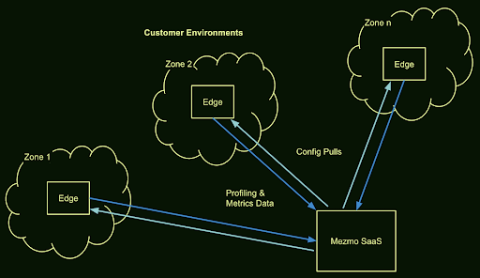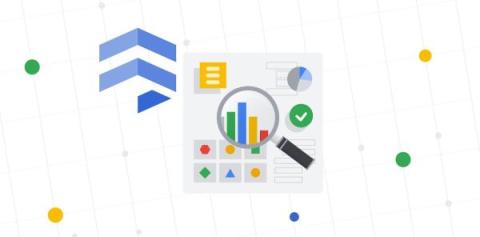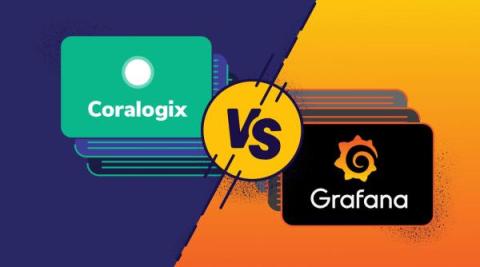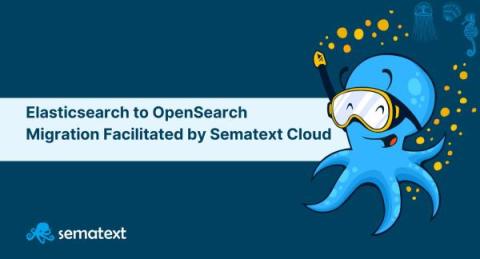Operations | Monitoring | ITSM | DevOps | Cloud
Latest News
Introducing Mezmo Edge: A Secure Approach To Telemetry Data
The Evolution of Search: How Multi-Modal LLMs Transcend Vector Databases
Getting to know Systems insights, a simplified database system monitoring tool
The story of how we simplified database system monitoring for generalists while making it flexible enough for specialists.
Coralogix vs Grafana Cloud: Pricing, Features and More
While Grafana is one of the better known names in the industry, Coralogix offers a full-stack observability platform. Despite the popularity of the Grafana brand, the cloud based solution lacks in some key areas. This article will go over the differences between Coralogix and Grafana Cloud, from features, customer support, pricing and more.
Introduction to Grafana Plugins
Grafana is a powerful open-source platform for monitoring and observability, but what truly makes it shine are its plugins. For technology engineers looking to expand Grafana's capabilities, plugins are the way to go. In this post, we'll dive into the world of Grafana plugins and offer some unique tips to get the most out of them.
Elasticsearch to OpenSearch Migration Facilitated by Sematext Cloud
OK, so you’ve decided to move from Elasticsearch to OpenSearch. Maybe our comparison helped you decide and maybe you’ve checked our guide on how to perform the migration. But how do you know if your new OpenSearch performs as well and functions as correctly as the existing Elasticsearch? Even when comparing old with new versions, upgrades don’t always translate into better performance.
Can You Use the ELK Stack as a SIEM? A Fresh Take
Exploring systemd journal logs with Netdata
Today, we released our systemd journal plugin for Netdata, allowing you to explore, view, search, filter and analyze systemd journal logs. Like most things about Netdata, this is a zero-configuration plugin. You don’t have to do anything apart from installing Netdata on your systems.This is key design direction for Netdata, since we want Netdata to be able to help even if you install it mid-crisis, while you have an incident at hand.
The Quest to Process Microsoft Windows Event Logs in Snare Format with Cribl
One of the things I really love about working for Cribl is the ability to help our customers optimize their data. Microsoft Windows Event Logs are something I have always looked to as a proverbial Rosetta Stone to help translate semi-structured, classic-style events into something more efficient and less resource-intensive to search. Extracting field values requires a large number of regular expressions to parse the events, which isn’t ideal.











